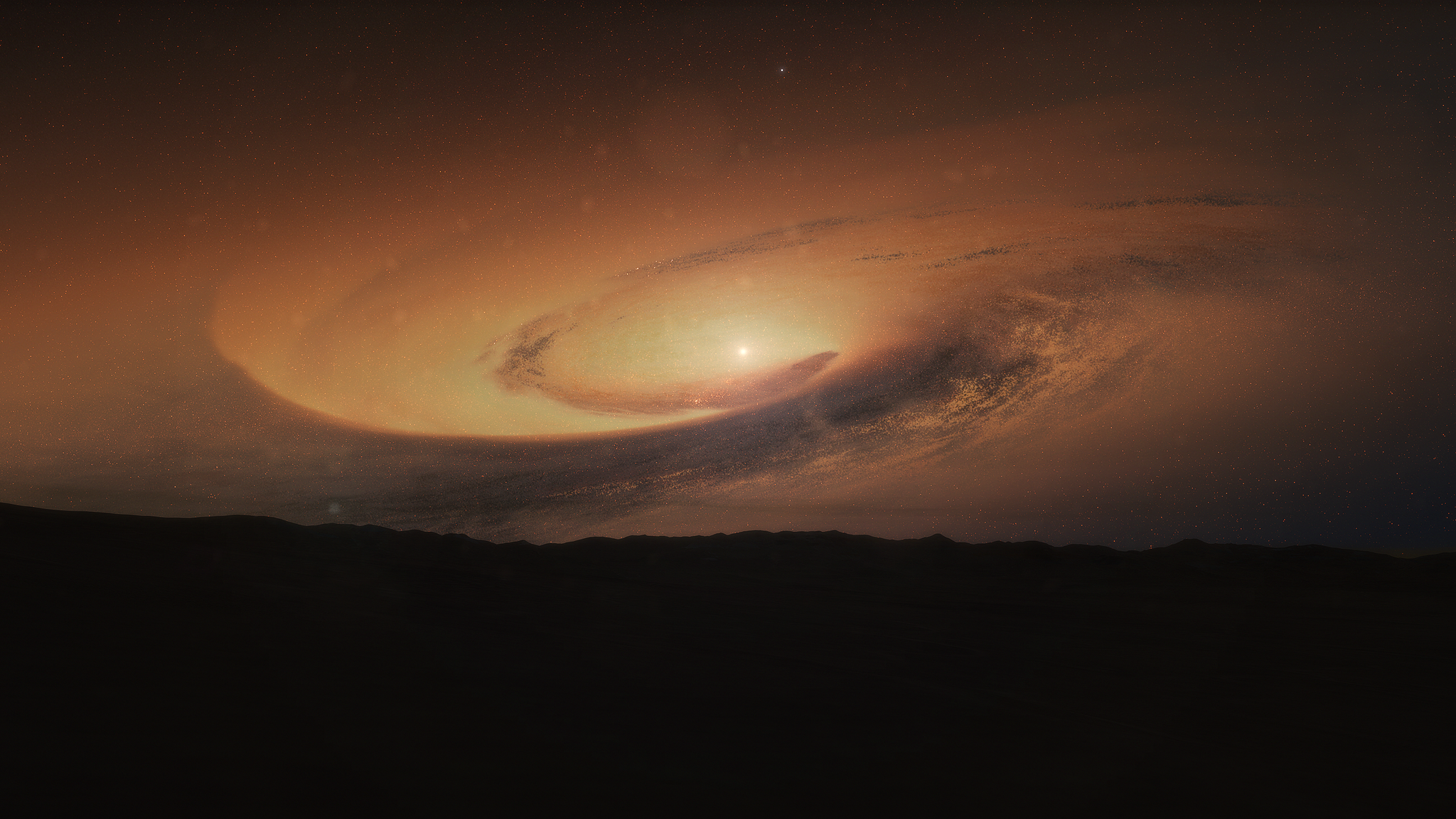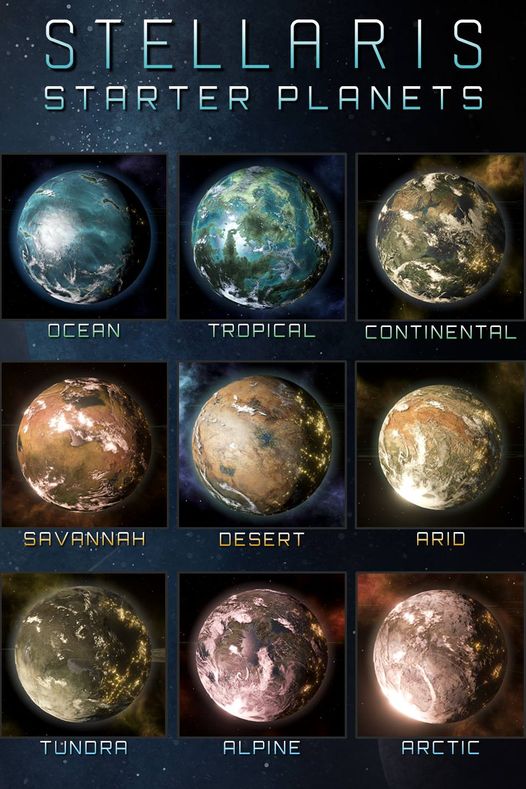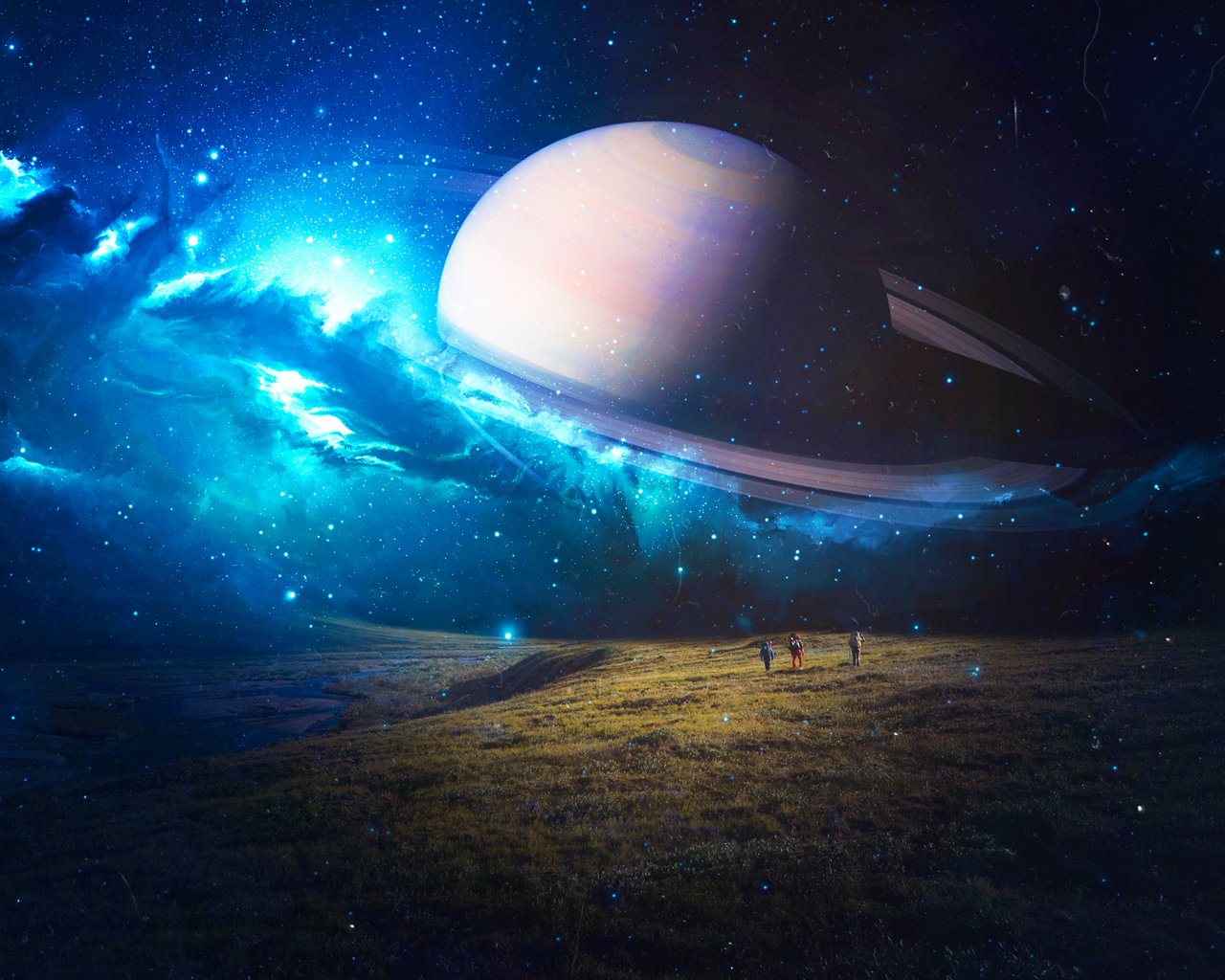“Look again at that dot. That’s here. That’s home. That’s us. On it everyone you love, everyone you know, everyone you ever heard of, every human being who ever was, lived out their lives. The aggregate of our joy and suffering, thousands of confident religions, ideologies, and economic doctrines, every hunter and forager, every hero and coward, every creator and destroyer of civilization, every king and peasant, every young couple in love, every mother and father, hopeful child, inventor and explorer, every teacher of morals, every corrupt politician, every “superstar,” every “supreme leader,” every saint and sinner in the history of our species lived there–on a mote of dust suspended in a sunbeam.”
— Carl Sagan, Pale Blue Dot: A Vision of the Human Future in Space
Classification
Lists are a common tool for us worldbuilders. Taxonomies, tables, charts, you name it. They all provide us with important information that can be consistent. Definitions of some sort that is necessary for the task at hand.
With classifications for worlds, some examples include Star Trek with its planetary classification system using single letters for designations. A Class M world is Earth-like, whereas a Class D world is uninhabitable. NASA itself has only four types: Terrestrial, Super-Earth, Neptune-Like, and Gas Giants.
In these types of classifications, I’ve always been fond of the GRAPH system found in the Alternity RPG published by TSR in the late 90s. GRAPH is an acronym meaning:
- Gravity
- Radiation
- Atmosphere
- Pressure
- Heat
Alternity, rules as written use a 0 — 5 scale, but I use a 0 — 10 scale.

Types
Besides classifications used to describe statistics of a world, we also have actual types of planets. My first instinct was to look at systems found in strategy games such as Master of Orion, Endless Space, Space Empires, Distant Worlds, and Stellaris.

Stellaris has nine basic world types divided into three categories: dry, frozen, and wet. However, the list I found and find works very well comes from the Planetary Diversity Mod for Stellaris. I added a few and tweaked some others. Here’s the list that I use for types of worlds:
Wet
- Atoll — An oceanic planet. Shallow lagoons, coral reefs and tropical islands make up the majority of this world, with warm temperatures supporting a very large biosphere.
- Cascadian — Sub-temperate mountainous world with coastal forests and towering mountain ranges. An active, stormy hydrosphere with strong differences between snowy winters and short warmer summers.
- Cenote — A humid and rocky world. Large sinkholes and underwater river systems snake below the surface. Life exists on both the surface and the underground environments.
- Continental — Rocky world with an active and stable hydrosphere. Great landmasses are separated by oceans, with large climate variations depending on latitude and precipitation.
- Crag — Cold, rocky world with a significant hydrosphere. Oceans and polar ice caps cover more than 90% of the surface with rugged scattered islands dotting its surface. There is an abundance of volcanic and geothermal activity that supports marine ecosystems.
- Forest — Rocky world with an active and stable hydrosphere. Great land masses are almost completely covered in dense forests, many supporting unique ecosystems of their own.
- Jungle — Rocky and humid world. Densely covered with trees and tangled vegetation, typical with incredible growth rates. The jungle floors typically contain an overgrowth of shrubbery, vines and similar plants.
- Lake — Rocky and wet world. Massive landmasses covered in millions of lakes of all sizes, the climate ranging from subtropical to subarctic.
- Mangrove — A wet world. Majority of the surface is covered in shallow seas with minimal land above sea level. Intense flora extends for hundreds of miles beyond the shores of the few existing islands. Hydrosphere is strong and stable, supporting a great abundance of flora and fauna.
- Monsoon — A humid and rocky world. Rapid shifts of temperature cause periods of intense flooding and rainfall versus periods of dry, calm weather. Periods of intense weather can be incredibly dangerous with hurricanes being common during the summer months.
- Ocean — Rocky world with significant hydrosphere. Oceans cover more than 90% of the surface, with scattered islands making up the remaining percentage.
- Swamp — A humid, wet world. Most of the planet is covered with densely forested wetlands with minimal surface areas not underwater. Hydrosphere is mainly in shallow seas, swamps, and bogs and supports a great abundance of plant and animal life.
- Tepui — Mountainous, rocky world. Hydrosphere is mostly in low altitude seas, which cause considerable fog and cloud cover. In the higher altitudes, standing water is rare and most plant life relies on the mist and fog.
- Tropical — Humid, rocky world. Seasons with significant precipitation are interchanged with drier periods. Most land covered in dense vegetation, typically rain forests.
Dry
- Arid — Dry, rocky world. The dust-covered terrain consists largely of mesas and canyons. Forests can be found in the more temperate polar regions, but vegetation is otherwise scarce.
- Atacama — Cold, dry, and rocky world. Extreme altitude peaks cause rain shadows for most of the planet, and salt flats and arid valleys make up most of the level land. The hydrosphere is in a few lakes and mountain springs.
- Coastal — Sub-tropical dry world. Deep, cold oceans cover the surface but cause reduced rainfall on the land. Fog and haze are prevalent.
- Desert — Dry, rocky world. Precipitation and major bodies of surface water are relatively rare. Significant temperature variations between day and night cycles. Vegetation is scarce but even moderate precipitation can make the desert bloom.
- Dune — A hot and dry rocky planet. Seas of sand dunes cover a considerable portion of the surface. Hydrosphere is mainly in underground aquifers that rise up in oasis and mountain springs.
- Mediterranean — Dry, rocky world. Hydrosphere supports several large inland seas, which is surrounded by sparse vegetation and shrubs. Inland, the areas are hot and arid as the norm.
- Mesa — Hot, dry and rocky world. Great plateaus and mesas are common around the equator, with cooler forested polar regions. Hydrosphere is mostly in large rivers that have cut canyons with vegetation covering riverbeds.
- Oasis — Rocky world with a hydrosphere that supports one large body of water which has a band of vegetation around it. Rain barely reaches the inland desert that covers the majority of the planet.
- Outback — Dry, hot world. Most of the world is covered in arid or semi-arid shrublands and deserts, while areas around water have more vegetation. Hydrosphere is mostly confined to a few inland seas and natural underground springs.
- Plateau — A rocky and cold world. Vast plateaus, indented by gorges and separated by hollows that are often large enough to create isolated environments. Evidence of extensive erosion as most of the hydrosphere can be found at lower altitudes.
- Prairie — Rocky world and a seasonal hydrosphere with a single great landmass with large inland seas. Dry summers are contrasted by cold, harsh winters.
- Savanna — Rocky world dominated by dry, arid plains. Small hydrosphere that allows for brief wet seasons, but aside from a few ubiquitous grasses vegetation is largely concentrated around shallow oases.
- Steppe — Dry, rocky world. Semi-arid grasslands with rolling hills and plains covering much of the surface. While almost no trees grow on this world, the amount of rainfall can support shrubs and grasses.
- Veldt — Dry and rocky world. The subtropical landscape covered in scrub woodland and open savannas. mild winters and longer, hot summers. Precipitation mostly occurs in the summer months in the form of high-energy thunderstorms.
Frozen
- Aeolian — Cold, rocky world. Winds typically reach speeds over 300km per hour, they have created hollowed out sinkholes, slot canyons and depressions which have allowed life to thrive inside, safe from the weather.
- Alpine — Mountainous world. Snow covers the mountaintops and frozen-over lakes dot the valleys. While the planet experiences minimal seasonal variations, the still-liquid water beneath the frozen surface of the lakes is enough to sustain some hardy vegetation.
- Antarctic — A rocky and frigid world. Hydrosphere is mostly frozen with diamond dust being as common as snow. Typically home to intense wind speeds in the winter months, life can be found in isolated pockets under sea ice, in caves, and in protected valleys.
- Arctic — Frigid, rocky world. The poles are big and significant water deposits can be found permanently frozen as glacial ice. However, the planet experiences season variations and the equatorial band is covered by vegetation.
- Bog — Cold, muddy world with a thick atmosphere. Seasonal variation is limited with significant precipitation. Most landmasses are covered in dense vegetation.
- Boreal — Rocky world. This planet has a subarctic climate, with a very large temperature range between seasons but the long and cold winter is the dominant feature. Boreal forests cover the planet’s warmer latitudes, with tundra and ice near the poles.
- Frigid — Extremely cold, rocky world. Precipitation is low and major bodies of surface water are rare. Even in daytime average temperatures are often well below freezing.
- Glacial — Frigid, icy world. While water deposits can be found as frozen glacial ice most of the year, summer months have significant melt and snow is quite common. Geothermal activity causes permanent holes in the ice and helps support an abundance of marine life under the thick surface ice.
- Highland — A cold and damp world. Most of the planet is covered in misty highlands and plateaus with hardy grasses and lichens. Hydrosphere is generally stable between frozen mountain ranges and large inland seas.
- Medanos — Cold, mountainous world with high levels of fog but low rainfall. Much of the lowlands are dry dunes while the little snow that does fall covers forested mountaintops.
- Montane — Rocky world with extensive mountain ranges where the majority of the habitable regions are found along the slopes. Due to high rainfall the slopes can support a wide variety of flora and fauna.
- Mud — Frozen, muddy world. Seasonal variation is limited with notable precipitation. A high abundance of low level geothermal activity on the surface causes countless hot mud lakes and mud volcanoes.
- Snow — Frigid, rocky world. Currently experiencing a significant ice-age, most of the planet is covered in glaciers. The equatorial band is covered by thick temperate forests.
- Tundra — Cold and rocky world. Permafrost covers most of the surface except for the more temperate equatorial regions. A stable biosphere exists but vegetation is mostly limited to mosses and lichens.
Exotic
- Algal — A rocky, wet world where multicellular life never evolved. Giant shoals of algae analogs circle the planet, staining the oceans with brilliant colors.
- Aquatic — A rocky world with a significant hydrosphere. 100% of the world’s surface is covered in oceans with the only landmasses being below the surface.
- Ash — Rocky world. Although this young world has cooled from its molten past it still has considerable seismic and volcanic activity. The atmosphere on these worlds tends to be toxic.
- Bioluminescent — A tropical, rocky world. Exotic but non-toxic particles in the atmosphere cause almost constant cloud cover. Despite this, due to the greenhouse effect and geothermal activity, life thrives on the surface. Bioluminescence is common amongst flora and fauna.
- Coral — A dry, rocky world that was once covered with oceans that has mostly dried and lost its hydrosphere. The coral has adapted and can be found growing like forests across the world’s toxic and salty surface.
- Gaea — A rocky world that has a perfect hydrosphere and atmosphere with many niche climates on its surface. Any form of life could survive somewhere on this world, if not everywhere.
- Geothermal — Cold, icy planet with tropical rifts that break up the expanses of ice that are heated by natural geothermal vents. The hydrosphere is in melt water and steam rising from the vents.
- Glaciovolcanic — Mountainous, frozen world. High levels of volcanic activity prevent this world from being completely frozen. It’s many volcanoes and hot springs create warm lakes which can support life.
- Karst — Rocky world. With a weak magnetosphere much of the surface of this world is mostly barren karst. Under the surface there is an endless series of cave systems with a rich hydrosphere.
- Living — A world that is more of a living thing than not. What kind of lifeform or organism it is depends on the world, as no two are the same.
- Megaflora — Rocky world that is densely forested with a strong and healthy hydrosphere. The world is home to giant megaflora which covers the entire surface.
- Multidimensional — A world that exists within multiple dimensions that can have very esoteric effects.
- Mycelium — Cold, rocky world. Myceilical and fungal life rule the ecosystem of this planet. Vast areas of planet are covered in mushroom forests and cave systems.
- Primal — Rocky world. This young world’s volcanic activity has slowed down giving rise to increasingly complex flora and fauna which has helped create a breathable atmosphere and stabilizing hydrosphere.
- Psionic/Arcane/Divine — A world dominated by a supernatural power-source, affecting a myriad of potential things on the world’s surface.
- Salt — Rocky world. The mineral-covered terrain consists largely of salt flats, mountain ranges and large crystal formations. Much of the surface is inhospitable to most forms of plant and animal life.
- Sterile — A rocky world that, for whatever reason, has a complete absence of complex life.
- Storm — A cold, wet and rocky world. The majority of the landmasses are found at the poles, separated by a massive single ocean which generates powerful storms year-round.
- Superhabitable — A rocky world. This world retained many of its gases while forming and therefore has a denser atmosphere with an average temperature of around 25 degrees Celsius. This has also had the effect of decreasing ocean basic size which encourages marine life. Ideally supports all forms of life.
- Tidally Locked — A rocky world. The world is tidally locked to its sun with one side of the planet in constant daylight and the other in constant night. A thin habitable zone exists in the twilight region. Constant sunlight and wind make for interesting weather.
- Underground — A rocky world dry on the surface but humid underground. Huge caves and tunnels under the surface are filled with raging streams and rivers. The caves support an atmosphere while the surface is absent of one, leading to an extensive biosphere below the surface.
Some of those make more sense in some settings than others. An arcane world wouldn’t be found in my Guidance Across the Stars setting, for instance.
But yeah! Here’s the list I’ve been using when writing about worlds to describe classification and type.
Thanks for reading!

